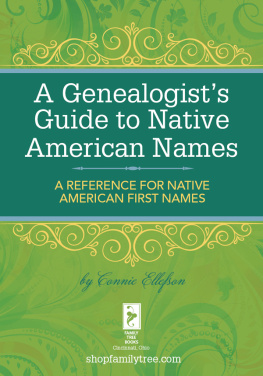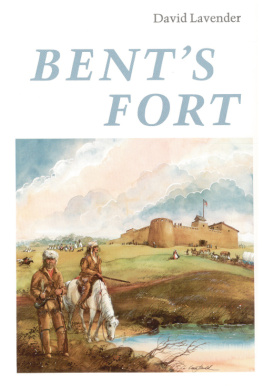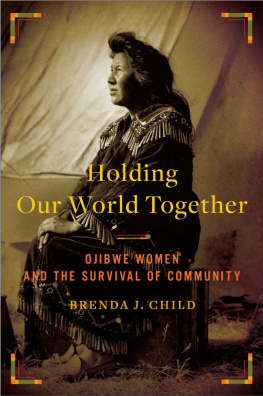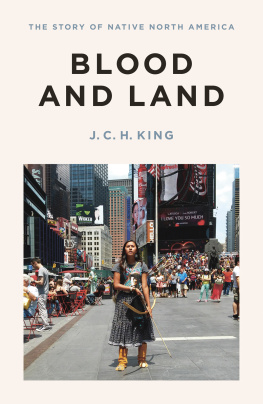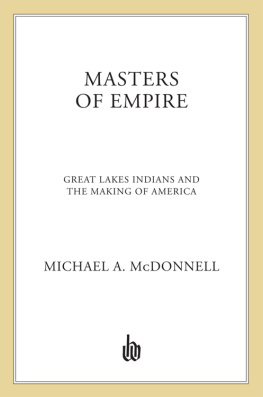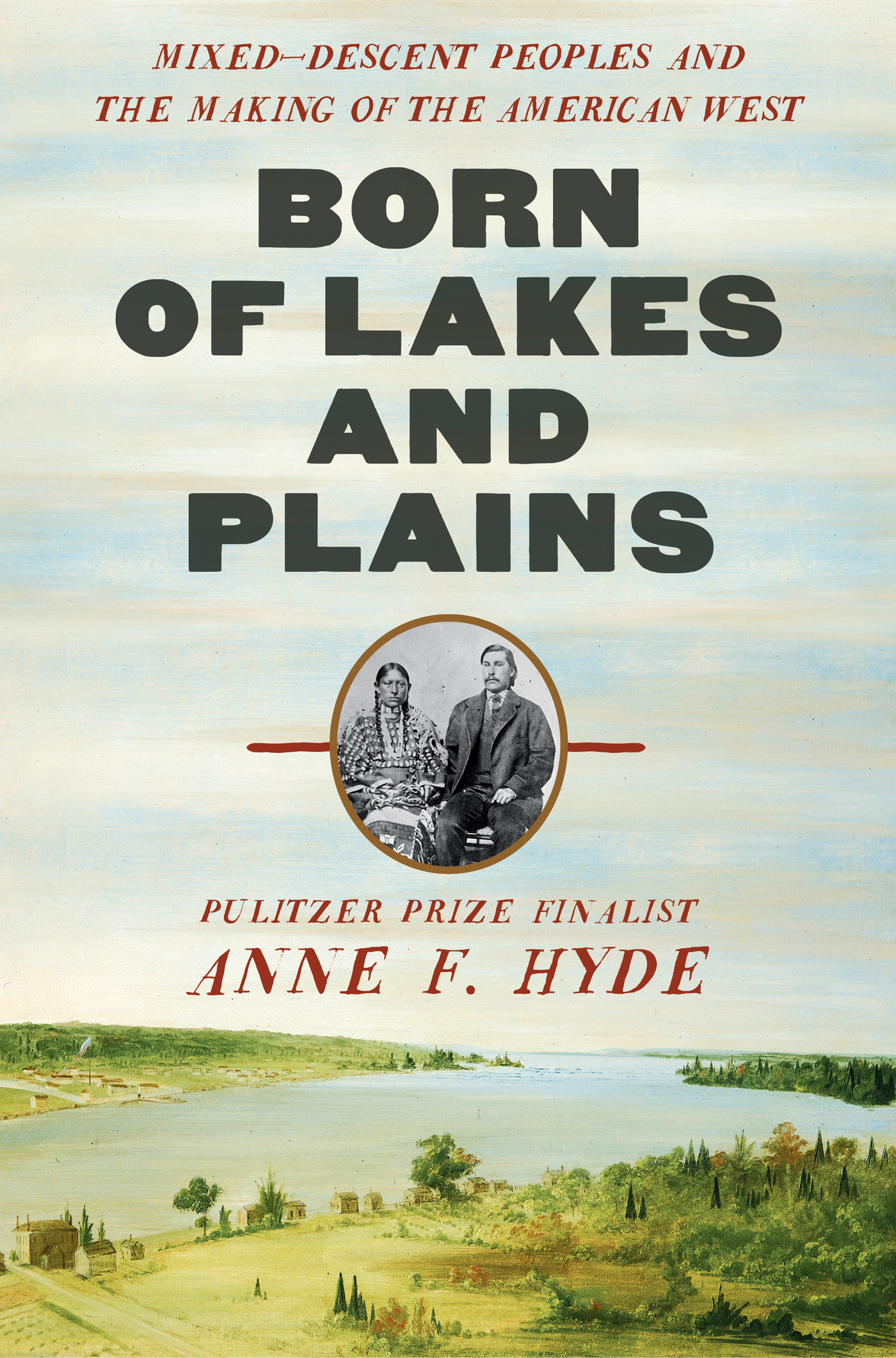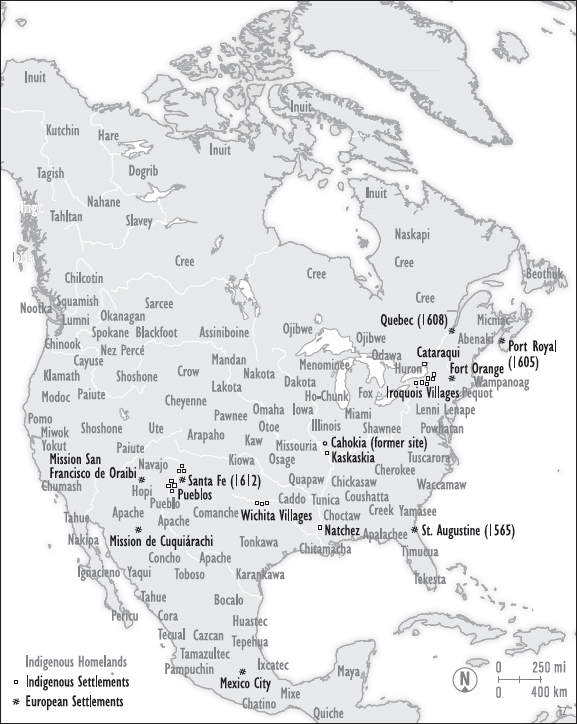Anne F. Hyde - Born of Lakes and Plains: Mixed-Descent Peoples and the Making of the American West
Here you can read online Anne F. Hyde - Born of Lakes and Plains: Mixed-Descent Peoples and the Making of the American West full text of the book (entire story) in english for free. Download pdf and epub, get meaning, cover and reviews about this ebook. year: 2022, publisher: W. W. Norton & Company, genre: Politics. Description of the work, (preface) as well as reviews are available. Best literature library LitArk.com created for fans of good reading and offers a wide selection of genres:
Romance novel
Science fiction
Adventure
Detective
Science
History
Home and family
Prose
Art
Politics
Computer
Non-fiction
Religion
Business
Children
Humor
Choose a favorite category and find really read worthwhile books. Enjoy immersion in the world of imagination, feel the emotions of the characters or learn something new for yourself, make an fascinating discovery.

- Book:Born of Lakes and Plains: Mixed-Descent Peoples and the Making of the American West
- Author:
- Publisher:W. W. Norton & Company
- Genre:
- Year:2022
- Rating:5 / 5
- Favourites:Add to favourites
- Your mark:
Born of Lakes and Plains: Mixed-Descent Peoples and the Making of the American West: summary, description and annotation
We offer to read an annotation, description, summary or preface (depends on what the author of the book "Born of Lakes and Plains: Mixed-Descent Peoples and the Making of the American West" wrote himself). If you haven't found the necessary information about the book — write in the comments, we will try to find it.
A fresh history of the West grounded in the lives of mixed-descent Native families who first bridged and then collided with racial boundaries.
Often overlooked, there is mixed blood at the heart of America. And at the heart of Native life for centuries there were complex households using intermarriage to link disparate communities and create protective circles of kin. Beginning in the seventeenth century, Native peoplesOjibwes, Otoes, Cheyennes, Chinooks, and othersformed new families with young French, English, Canadian, and American fur traders who spent months in smoky winter lodges or at boisterous summer rendezvous. These families built cosmopolitan trade centers from Michilimackinac on the Great Lakes to Bellevue on the Missouri River, Bents Fort in the southern Plains, and Fort Vancouver in the Pacific Northwest. Their family names are often imprinted on the landscape, but their voices have long been muted in our histories. Anne F. Hydes pathbreaking history restores them in full.
Vividly combining the panoramic and the particular, Born of Lakes and Plains follows five mixed-descent families whose lives intertwined major events: imperial battles over the fur trade; the first extensions of American authority west of the Appalachians; the ravages of imported disease; the violence of Indian removal; encroaching American settlement; and, following the Civil War, the disasters of Indian war, reservations policy, and allotment. During the pivotal nineteenth century, mixed-descent people who had once occupied a middle ground became a racial problem drawing hostility from all sides. Their identities were challenged by the pseudo-science of blood quantumthe instrument of allotment policyand their traditions by the Indian schools established to erase Native ways. As Anne F. Hyde shows, they navigated the hard choices they faced as they had for centuries: by relying on the rich resources of family and kin. Here is an indelible western history with a new human face.
Anne F. Hyde: author's other books
Who wrote Born of Lakes and Plains: Mixed-Descent Peoples and the Making of the American West? Find out the surname, the name of the author of the book and a list of all author's works by series.


